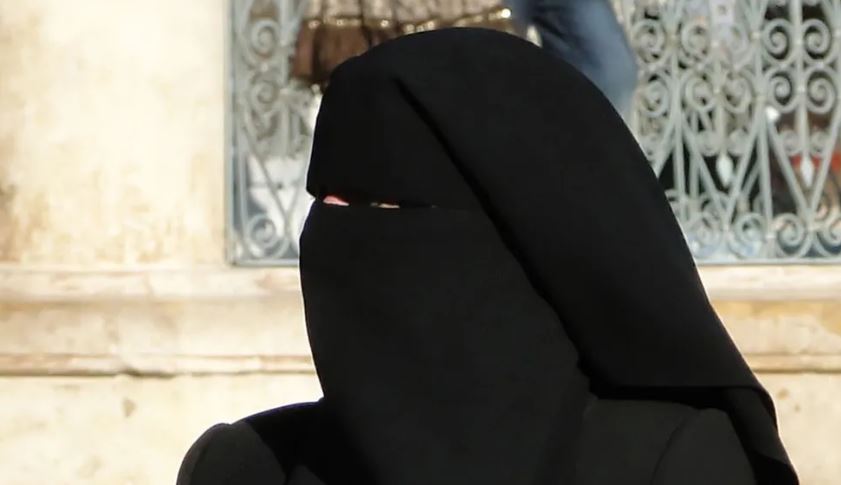Dagestan, a predominantly Muslim region in Russia’s North Caucasus, has implemented a temporary ban on the niqab, a full-face veil worn by some Muslim women. The decision, announced by the Dagestan Muftiate on July 3rd, comes in the wake of a series of coordinated attacks targeting churches and synagogues, which resulted in the deaths of 22 individuals last month.
Niqab Ban: A Response to Security Threats
The niqab ban is a direct response to reports suggesting that one of the perpetrators involved in the June 23rd attacks had planned to utilize a niqab as a means of escape. The Dagestan Muftiate, the religious body representing the region’s Muslims, stated that the ban will remain in effect until the identified threats are neutralized and a new theological conclusion is reached.
Historical and Cultural Context of the Niqab
The niqab, a garment that conceals most of the face and body, originated in the Arabian Peninsula and gained traction in Dagestan following the resurgence of Islam in the region after the collapse of the Soviet Union in 1991. Although only a small percentage of Dagestani women wear the niqab, it has become a familiar sight in the region’s major cities.
Global Precedents for Niqab Bans
The ban on the niqab in Dagestan is not an isolated incident. Similar prohibitions on full-face veils exist in several European and post-Soviet countries, often citing security concerns as the primary justification.
Dagestan’s Turbulent Past and Recent Attacks
Dagestan has a history marred by an Islamist insurgency that originated in neighboring Chechnya during the 2000s and 2010s. While security in the region had shown signs of improvement in recent years, the recent attacks have reignited concerns about the potential for violence.
Additional Security Concerns in Dagestan
In addition to the recent attacks, Dagestan has experienced other incidents raising security concerns. In October, an anti-Israeli mob targeted Israeli citizens and Jewish individuals arriving on a flight from Tel Aviv at the Makhachkala airport. Furthermore, in March, a devastating attack on a Moscow concert hall claimed by ISIS’s Central Asian affiliate resulted in the deaths of 145 people, with several Tajikistani nationals arrested for their alleged involvement.
Conclusion
The niqab ban in Dagestan is a multifaceted issue with implications for religious freedom, security, and cultural identity. While the ban aims to address immediate security concerns, it also raises questions about the balance between individual liberties and collective safety. The situation in Dagestan serves as a stark reminder of the ongoing challenges faced by regions grappling with extremism and the complexities of maintaining peace and security in diverse societies.
Key Learning Points:
| Point | Description |
|---|---|
| Niqab Ban | Dagestan has temporarily banned the niqab, a full-face veil worn by some Muslim women. |
| Security Concerns | The ban is a response to security threats following attacks on churches and synagogues. |
| Historical Context | The niqab gained popularity in Dagestan after the collapse of the Soviet Union in 1991. |
| Global Precedents | Similar bans on full-face veils exist in several European and post-Soviet countries. |
| Dagestan’s Challenges | The region has a history of Islamist insurgency and recent attacks have raised security concerns. |
Soumya Smruti Sahoo is a seasoned journalist with extensive experience in both international and Indian news writing. With a sharp analytical mind and a dedication to uncovering the truth, Soumya has built a reputation for delivering in-depth, well-researched articles that provide readers with a clear understanding of complex global and domestic issues. Her work reflects a deep commitment to journalistic integrity, making her a trusted source for accurate and insightful news coverage.



